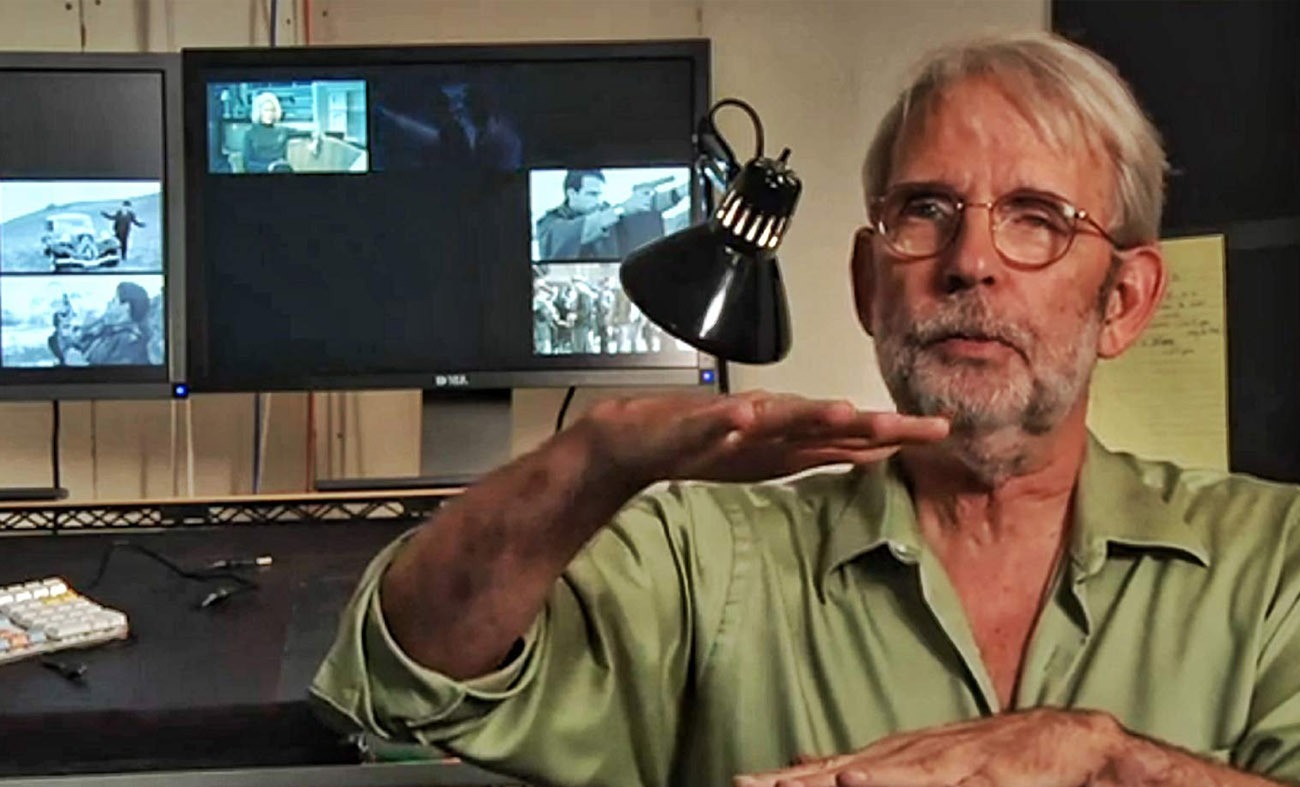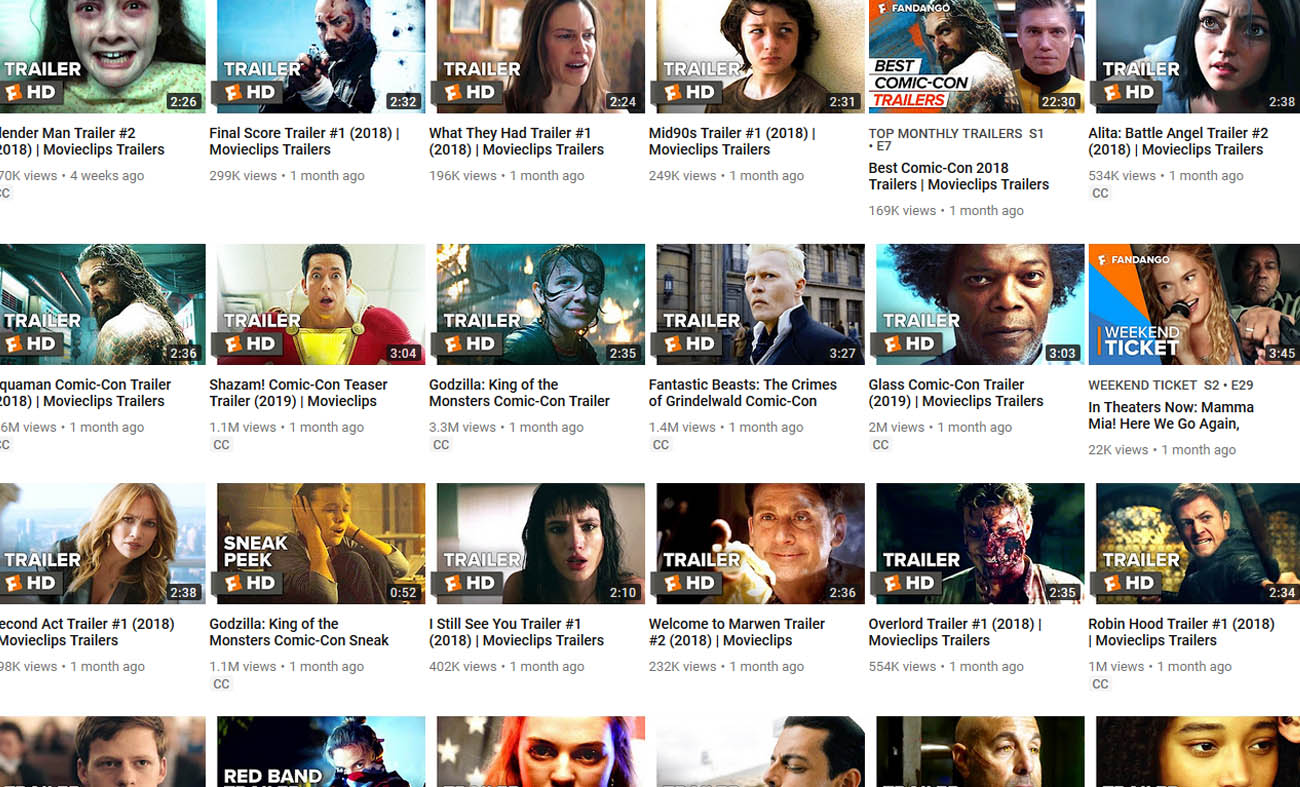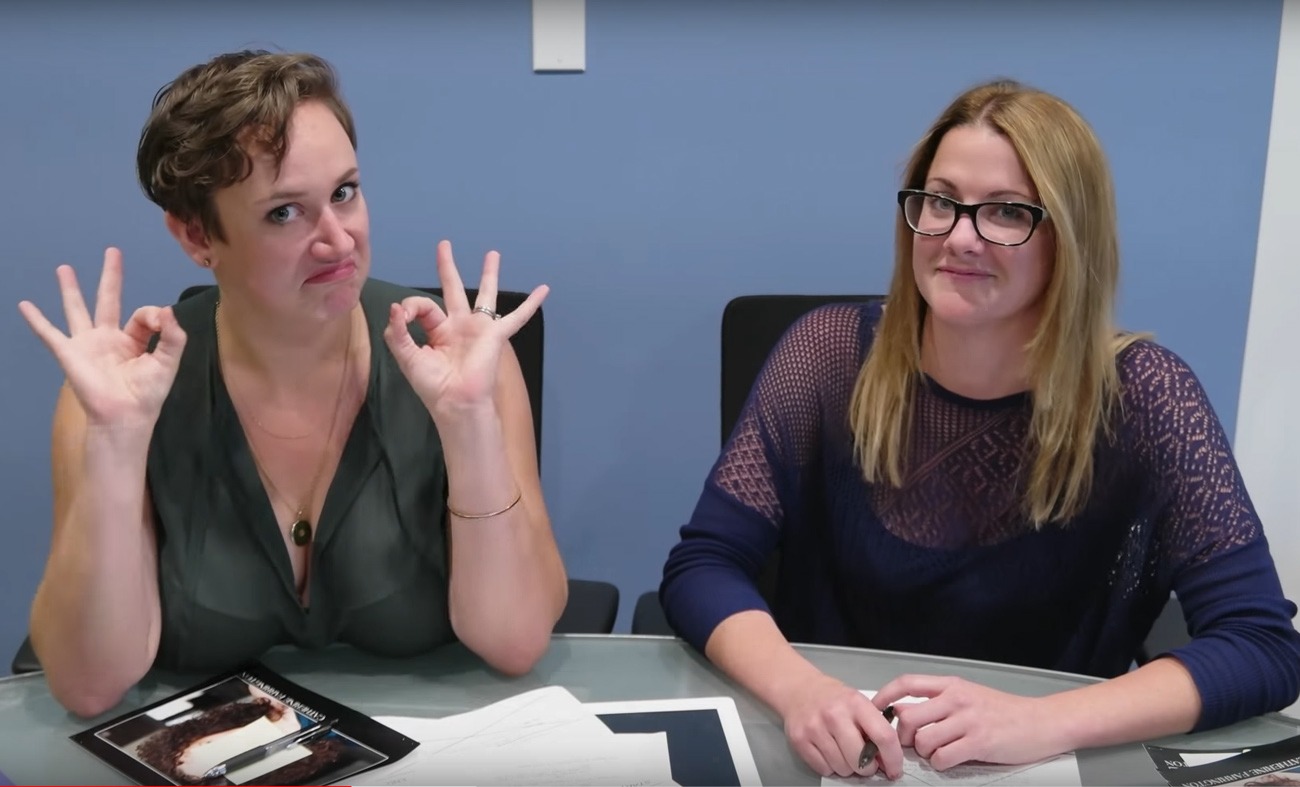
Rule of Six – When To Cut
Walter Murch has edited some amazing films using his Rule of Six, including Apocalypse Now, Godfather 3 and Jarhead. Murch has been the subject of numerous books (The Conversations: Walter Murch and the Art of Editing Film) and documentaries over the years and was also the first filmmaker awarded an Academy Award for editing on a digital system (Avid).
Here he discusses his “Rule of Six” which you should check through when deciding where and when to cut your footage.
Rule Of Six
An ideal sense, what would be the perfect cut.
1) Is it true to the emotion we want the people to feel here; does it push the emotion forward?
2) Does it advance the story?
3) Does it fit into the rhythm we have established?
4) Eye -Trace — The location and movement of the audience’s focus of interest within the frame; if they are looking in one corner, does the next clip start in the same corner? Or do you purposefully want to disorient them and place the next focus elsewhere, such as in a fight sequence.
5) Does the cut follow the 180º line? This will keep the action along its correct path of motion and maintain the continuity. For example, an actor leaving the left side of frame would enter again via the right.
6) Does it respect three-dimensional continuity of the actual space, do people suddenly jump location in 3d space from one cut to another. This rule should always be adhered to unless you purposely break it. Breaking the 180º line works really well if you want your audience feeling confused, or to disorientate them.
Walter Murch goes on to say:
“If you find you have to sacrifice [any one] certain of those six things to make a cut, sacrifice your way up, item by item, from the bottom.”
1. Emotion (51%)
2. Story (23%)
3. Rhythm (10%)
4. Eye Trace (7%)
5. 2D Place of Screen (5%)
6. 3D Space (4%)
Here is also an interview he gave to Bafta Guru on the editing process.

